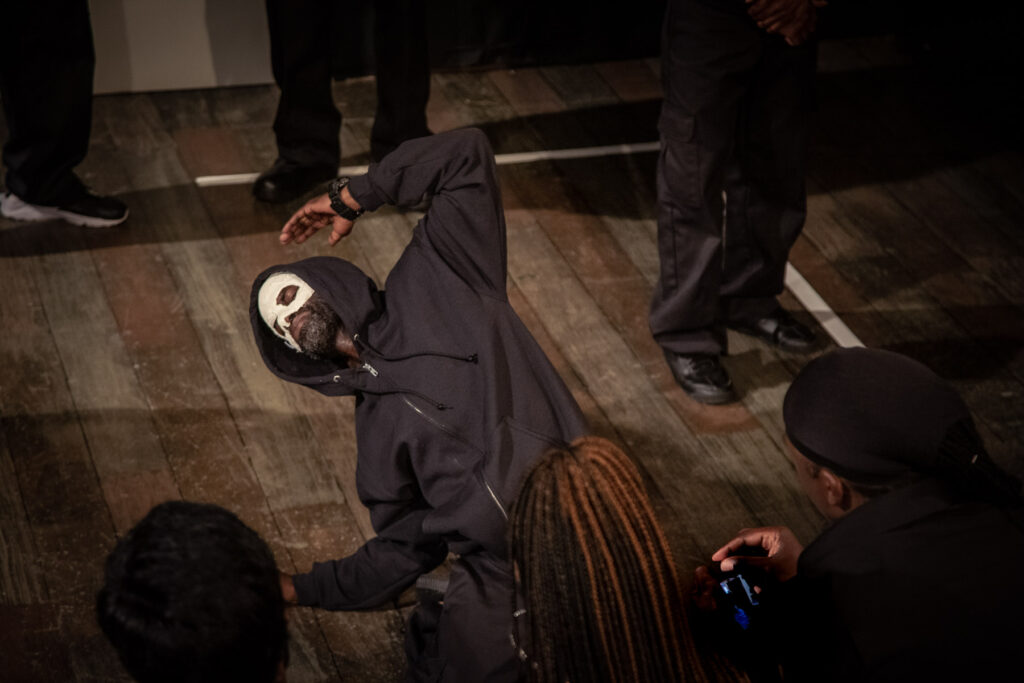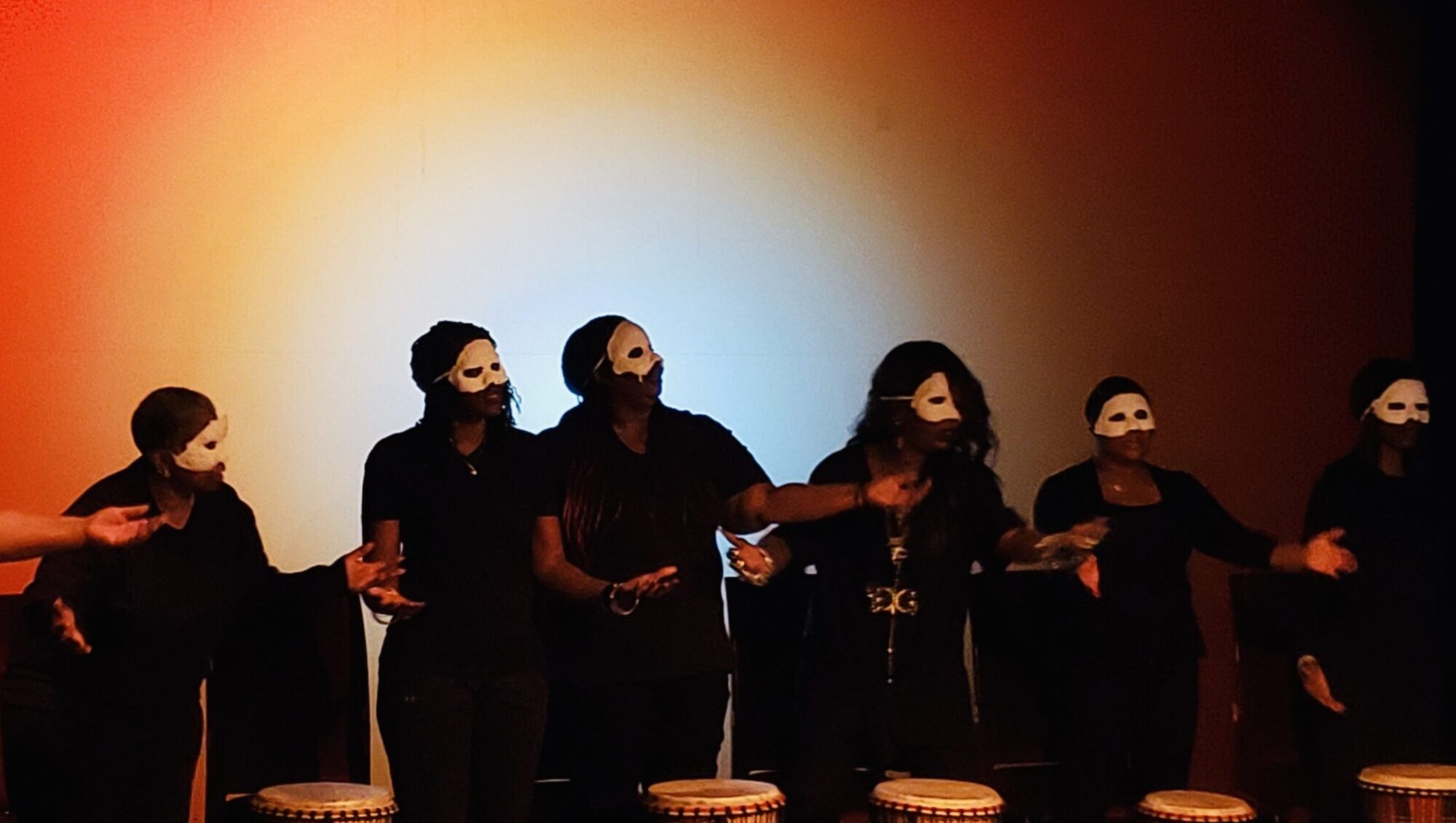Rites of Passage
Rituals are repeated practices that help give our life structure and meaning. A rite of passage or initiation is a specific type of ritual meant to facilitate a person’s transition from one social and spiritual identity to another. These transitions can elevate or degrade. When a person is convicted of a crime and sentenced to prison, they undergo a powerful rite of passage. It is a rite of degradation. They are degraded from the status of “citizen” to the status of “convict,” “prisoner” or “outcast.”
But words like convict and prisoner are more than just legal labels. They become new social identities. They stick to a person. The broader public defines people by the crimes they’ve committed, and formerly incarcerated men and women can carry feelings of shame and stigma for many years after they are released from prison. Often these feelings last the rest of their lives…
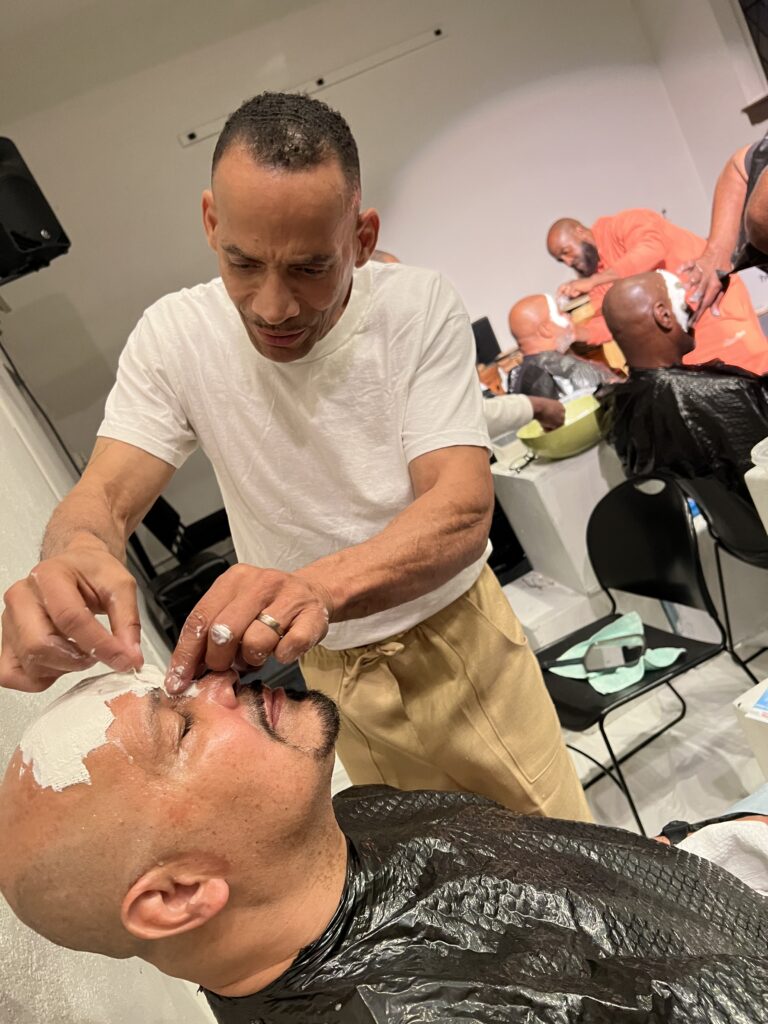
Many people believe that a rite of passage is so powerful that only another rite of passage can reverse its effects, like an antidote. For over 70 years, scholars have written about the idea that rites of passage could reverse the effects of a conviction, and help people thrive in their lives after prison. Some cities in the United States have used some of these ideas to create reentry courts. In these courts, parolees are given individual plans that are designed to help them succeed. If they achieve the goals of the court, they are celebrated at public ceremonies.
Unfortunately, while the American court system is very good at punishing and controlling people, they are pretty bad at trying to heal them. So while they are experts at enacting degradation rites of passage, they have little talent for enacting elevation rites intended to bring people back into the world, and into their true selves. This work operates in a language the courts don’t understand.
A rite of passage is like theater, but it’s not theater.
A rite of passage includes music. It includes dance. It has lights and shadows. It has an audience of witnesses who have a personal stake in what’s happening. A rite of passage’s power comes from the fact that the people involved have to participate fully in the process. There are no passive bystanders in a rite of passage. People have to do something during a rite of passage, before the community witnesses. In other words, people have to act if they want to move into a new phase of life. This is what it means to cross a threshold. Ritual4Return is like theater, but it’s not theater. Ritual4Return is an actual rite of passage.
How Does it Work?
R4R cohorts include 12 returning citizens at a time. The group meets for the first time during a 16-hour weekend intensive. There they learn to use most of the tools they’ll need for the program. These tools include mindfulness practices like grounding and meditation, as well as drumming, mask-making, storytelling, theatrical movement, and other expressive arts.
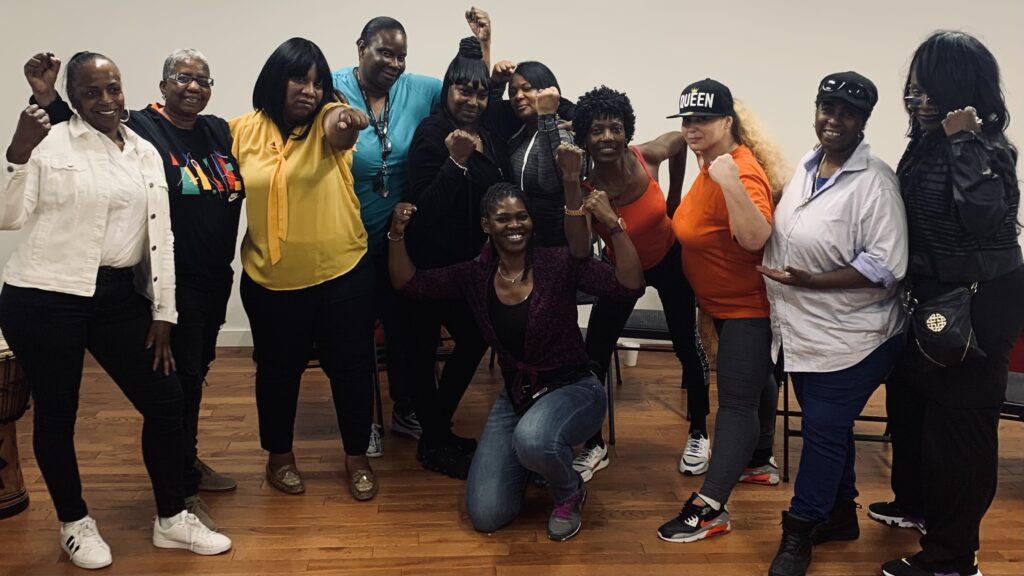
After the opening weekend, Ritual4Return meets one night per week, three hours each night, for 12 weeks. Together, under the guidance of a trained R4R facilitator and a licensed social worker, the participants go through a series of creative challenges designed to push them into deeper layers of understanding. They will examine themselves and their histories. They will reflect on what happened to them in prison and upon release. And they will come to understand the possibilities for transforming their lives in ways that will bring them peace, fulfillment, and meaning.
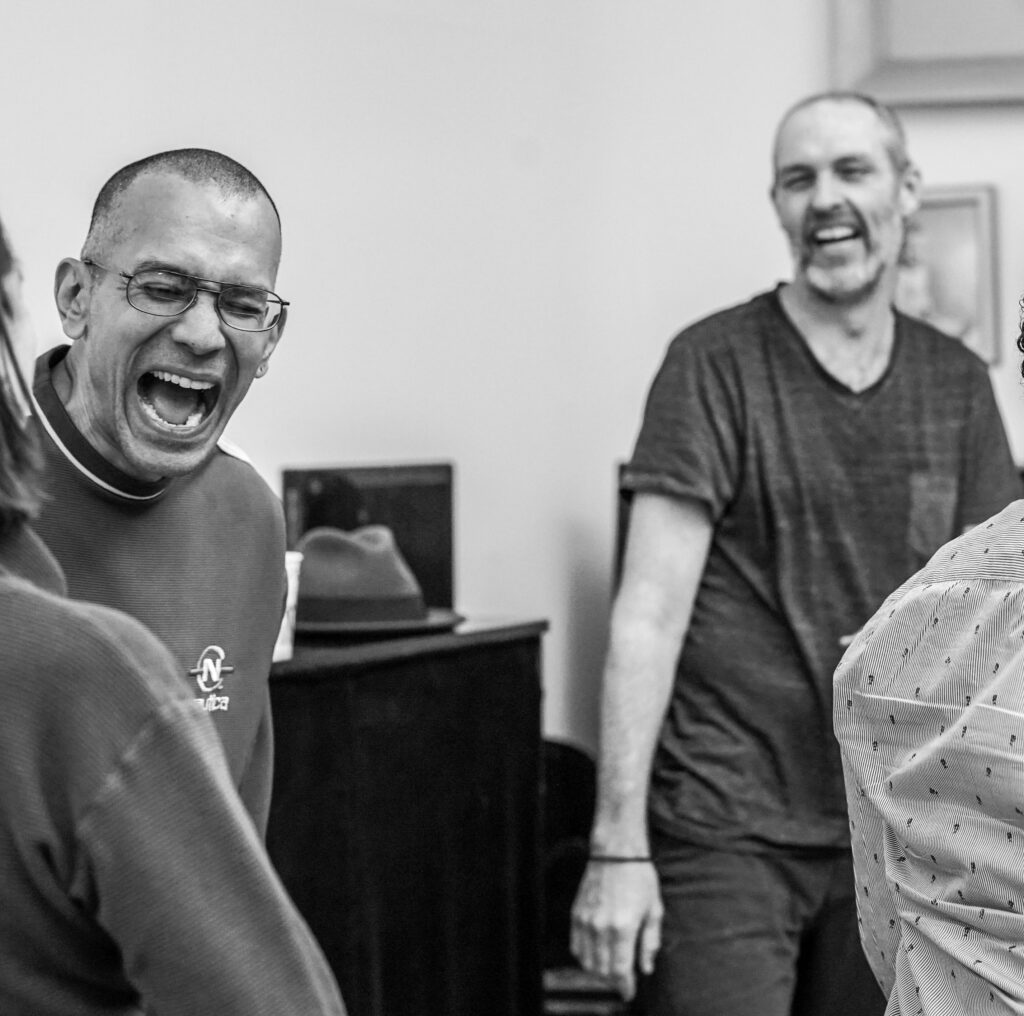
The R4R program ends after the 12th week with a powerful public rite of passage. Each person crosses a personal threshold into a new level of freedom. The rite of passage is witnessed by family, loved one, and other members of the community. For those who commit themselves fully to the process, what happens during the intensity of the final rite of passage can literally change lives.
